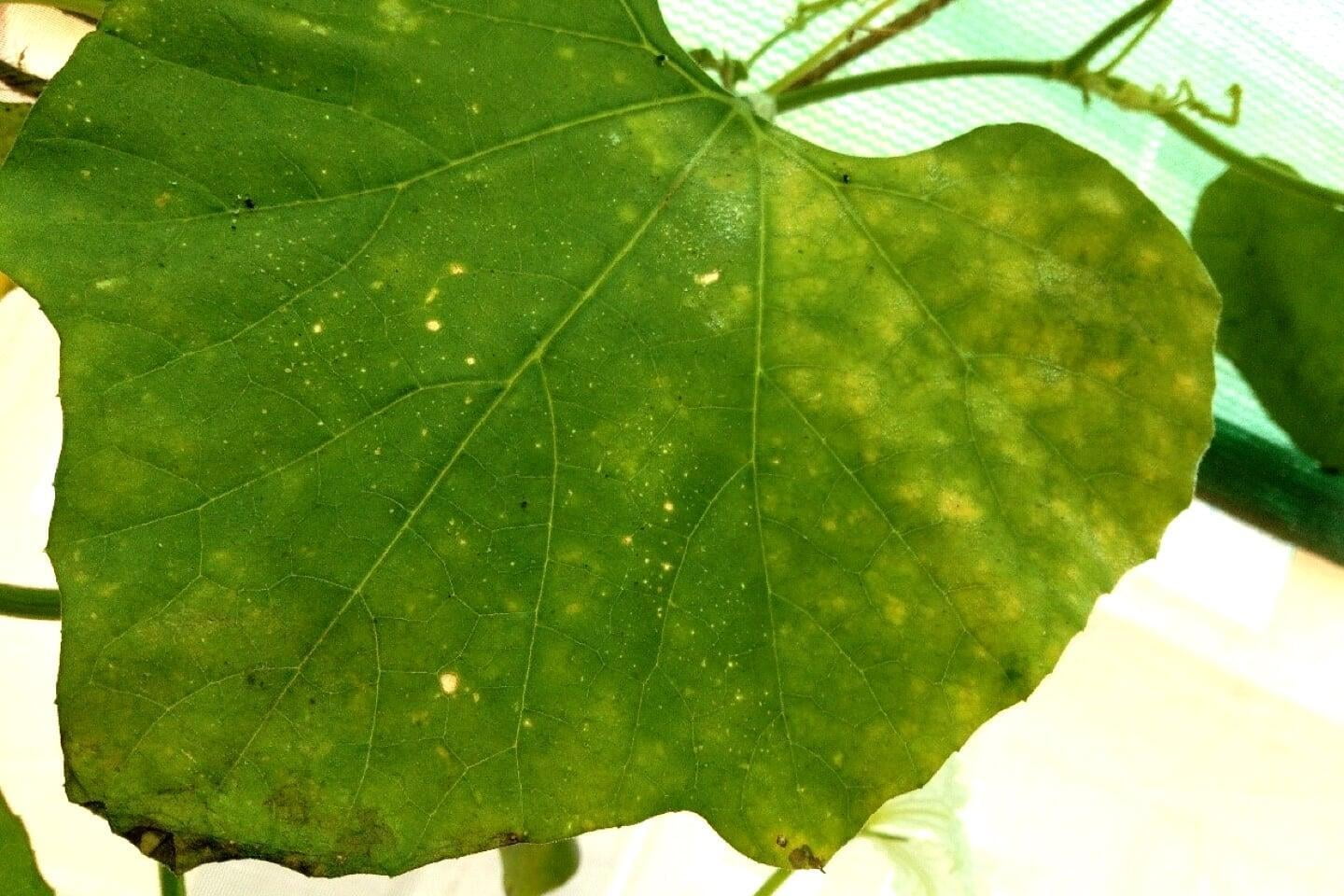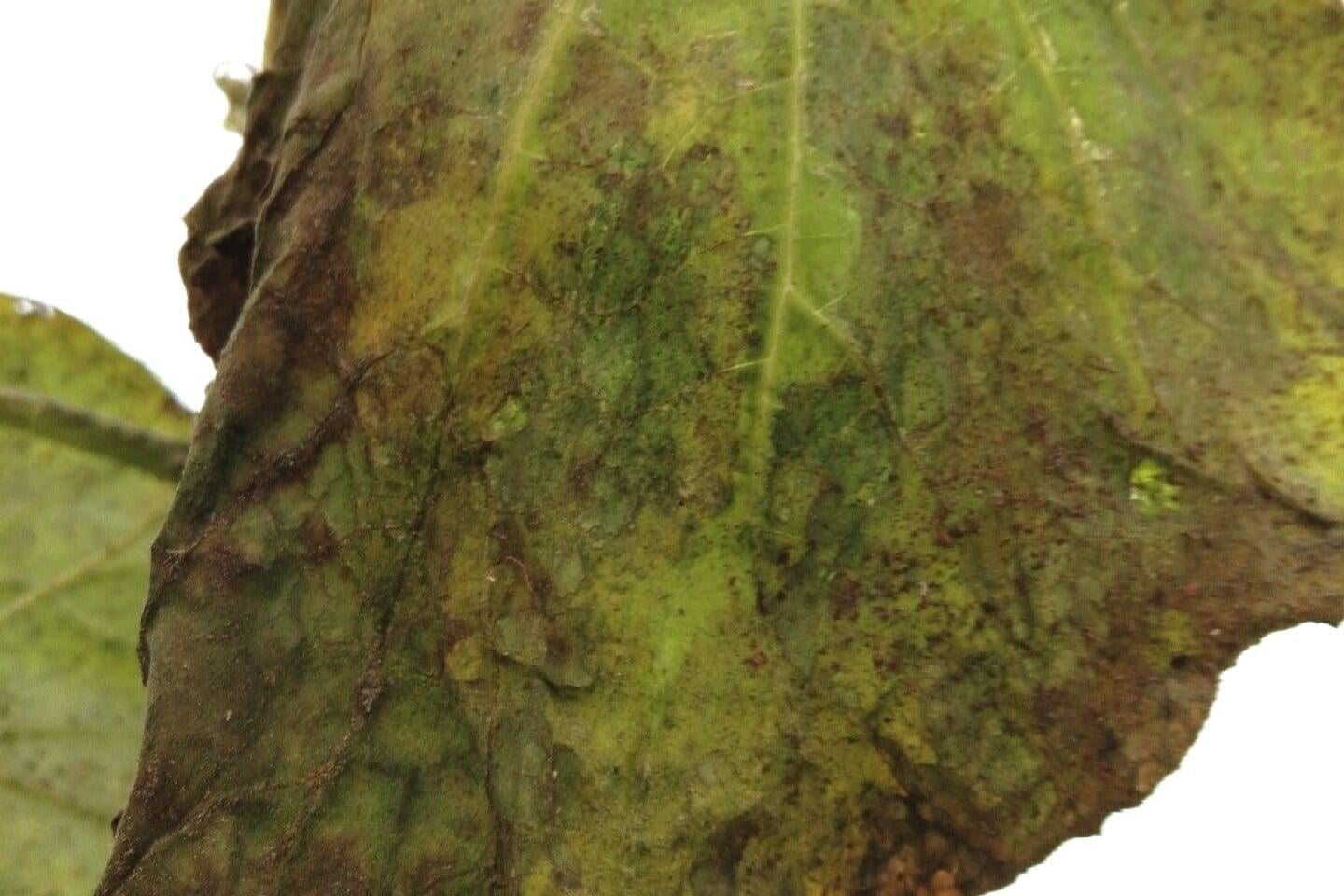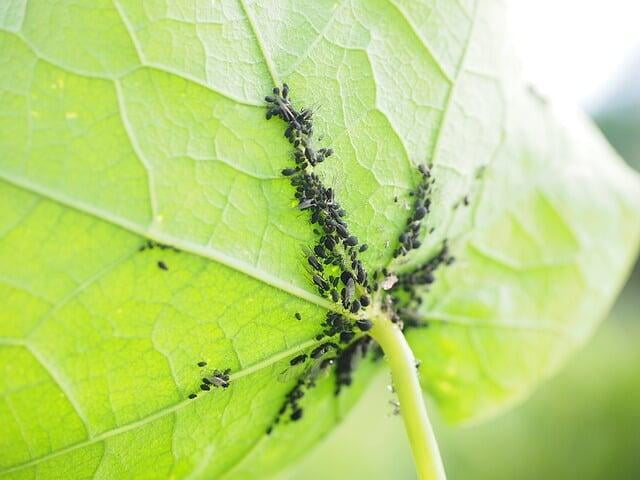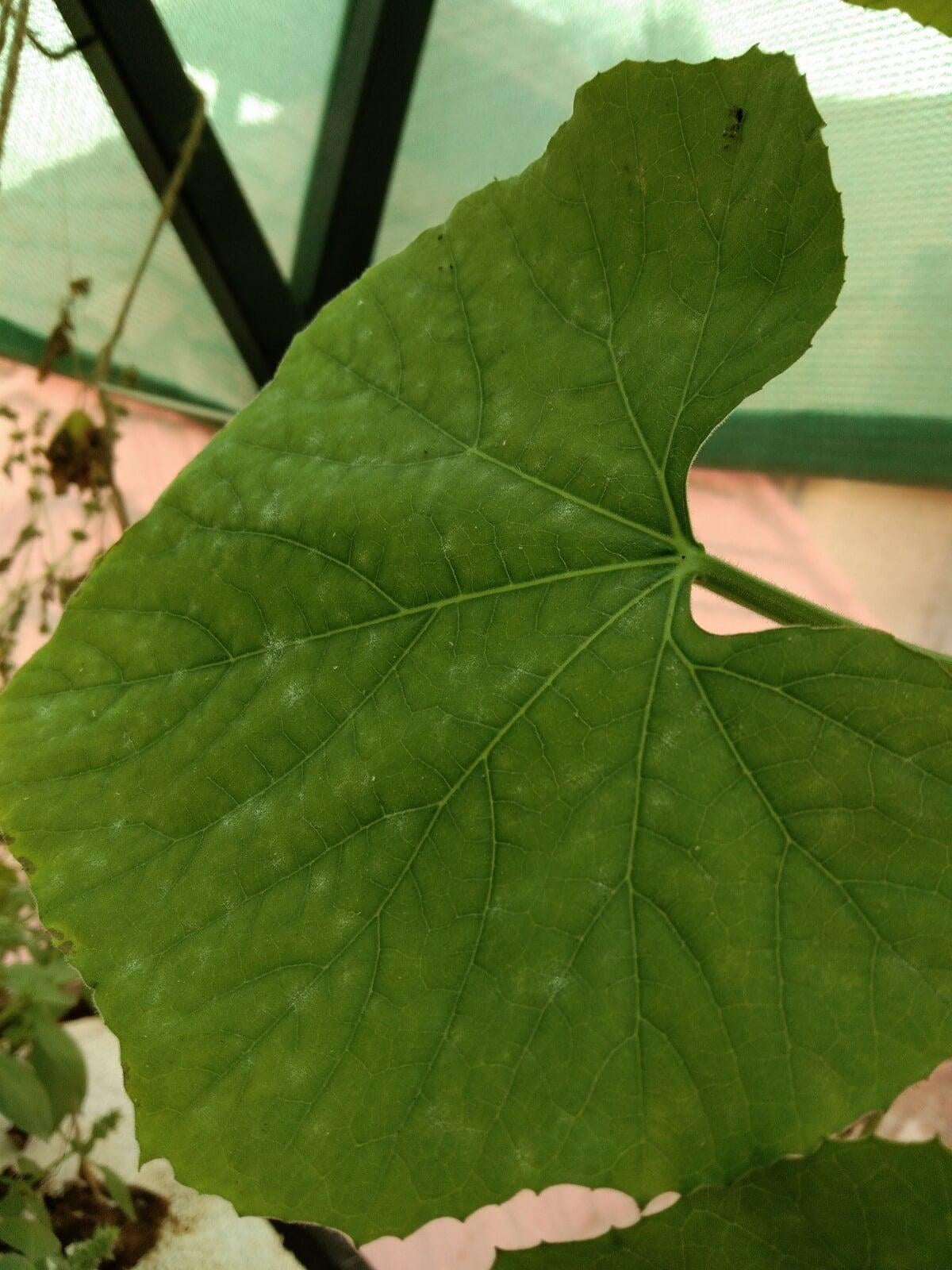So far, we have shared our successful journeys with you. We thought of now sharing some of the challenges and failures that one may encounter and learnings from it.
When we decided to grow gourds in our Research Centre, we were aware that gourds attract a lot of pests and diseases, most of which are airborne. As expected, we are facing a lot of aphid infestation and powdery mildew disease in our gourd plants. Right now, we have four gourd plants in our CG garden (3 in cocopeat and 1 in DWC). All plants, despite monitoring and regular inspection, have got aphid and powdery mildew infestation in the coco peat plantation. This is, however, comparatively less when compared with the same plant planted in the DWC system.
It is difficult to control an airborne disease as we cannot restrict air movement. Of course, to some extent, we can avoid disease establishment in a protected environment (poly house, shade nets), but we cannot avoid it completely as there will be air movement in the poly house as well. The management of the pest in a poly house after the establishment of the disease is challenging. This is because, in a covered area, the air movement within the structure ensures the quick spreading of the disease.
Favourable conditions for spread of powdery mildew
The establishment/development of any disease or pest population needs a suitable climate.
Powdery mildew occurs in the following conditions:
- dense growth achieved in the plant,
- high relative humidity with moderate temperature
- shady conditions (rather than in the full direct sunlight)
How to identify infestation by powdery mildew
Identification is easy as the signs/symptoms are easy to find out, but the handling of the disease is a relatively tough ask.

Minor infestation
A visual inspection can show the presence of white powdery spots on the leaves and stems. As the disease starts progressing, spots increase in number, get enlarged and spread to all regions of the plant.

Severe Infestation
In case of severe infestation, the affected leaves turn yellow, wither, and die, leaving behind dry and brittle leaves. Flowers and fruits will not directly be affected by the disease.
Preventing and controlling powdery mildew
Damage extent
The damage effect will be seen in terms of mal-formed and sun-burned fruits as the plants lose their leaves in the early stages. The severity of the disease leads to smaller and less number of fruits in plants.
Control Measures
- Remove disease infected leaves at the earliest sighting to avoid further spread. This will, however, only kill the existing infection.
- Fungicide sprays - Spray protectant fungicides (horticultural oils such as neem oil) where it will prevent the new infections from occurring
Preventive Strategies
- Grow plants in an area with full sunlight.
- Provide sufficient space for plant growth to ensure better air circulation.
We hope our experiences will encourage you to move beyond short term challenges to a beautiful lush green vine with little hanging gourds in your garden. We still vouch for the joy of growing these gourds. There’s nothing more beautiful and enchanting than having a garden with plants growing across its ceiling and testifying to a forest environment - in an otherwise concrete jungle.
Happy Gardening!

